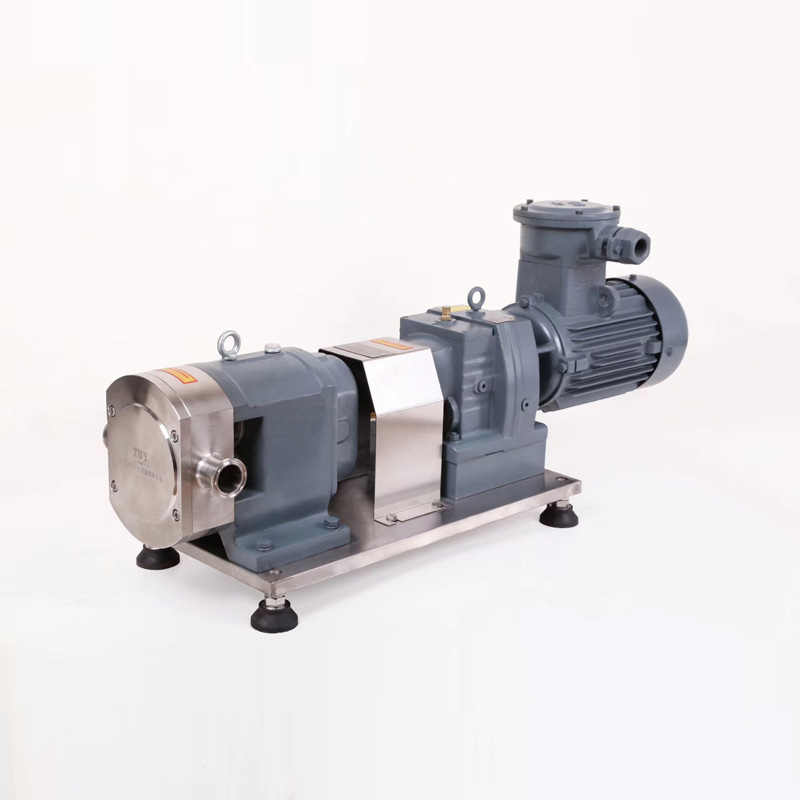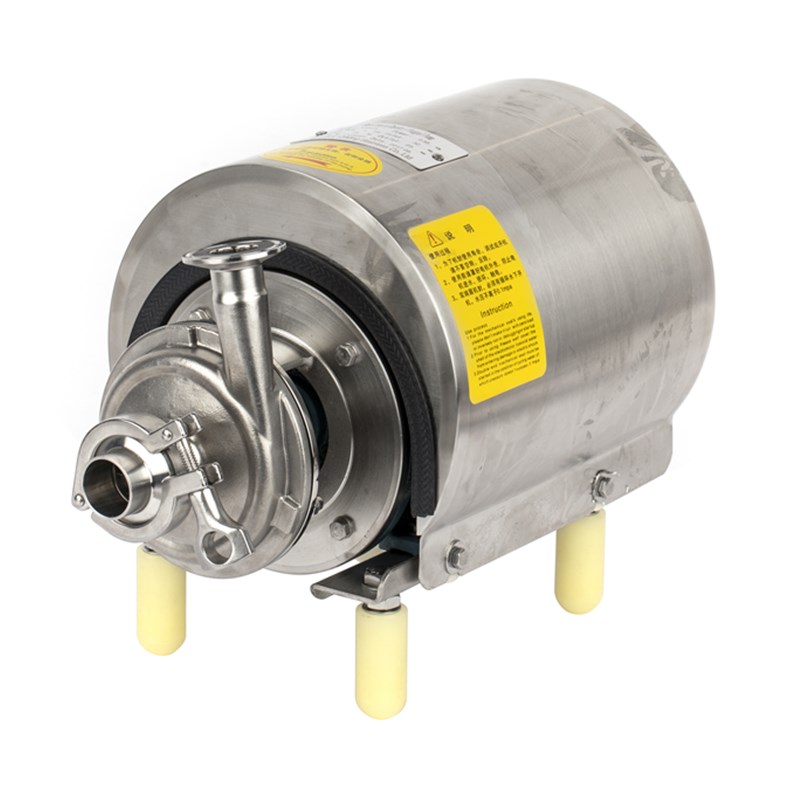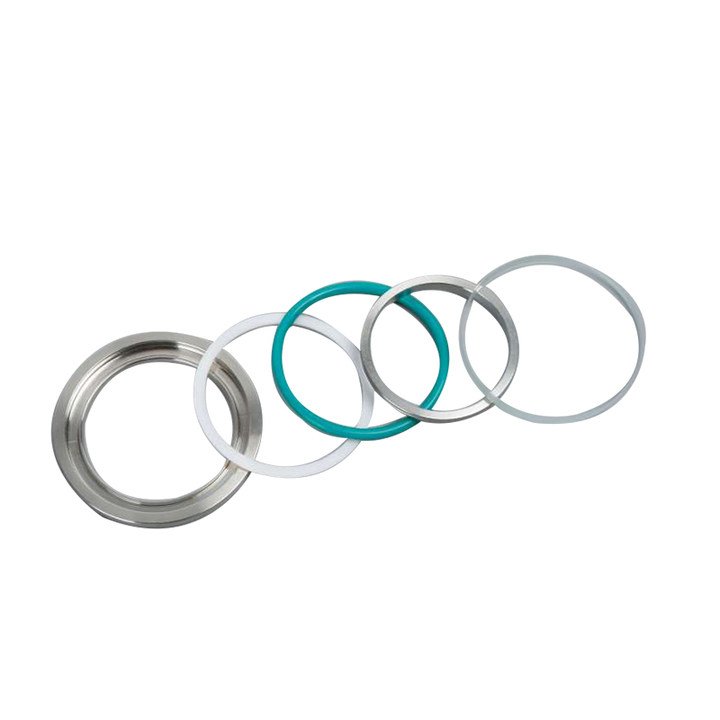What Are Sanitary Fittings?

 by admin
by adminSanitary fittings, also known as sanitary ware fittings, are specialized components in plumbing and piping systems designed to maintain hygiene, prevent contamination, and ensure safe fluid transfer in environments where cleanliness is critical.
These fittings are widely used in industries such as food and beverage, pharmaceuticals, biotechnology, and healthcare, as well as in commercial and residential settings requiring high standards of sanitation.
Core Features and Applications
Sanitary fittings are distinguished by their smooth, non-porous surfaces that resist the accumulation of bacteria, scale, or residue—key to meeting strict regulatory requirements (e.g., FDA, EU 10/2011, ASME BPE). Common types include:
• Valves: Diaphragm valves (ideal for sterile fluids), ball valves with electropolished interiors, and check valves to prevent backflow.
• Connectors: Tri-clamp (quick-release) fittings, threaded unions, and welded ends that enable easy assembly and disassembly for cleaning (CIP/SIP compliance).
• Adapters & Accessories: Elbows, tees, reducers, and sight glasses, designed to minimize dead legs (stagnant fluid areas) that could harbor contaminants.
Materials play a pivotal role: 316L stainless steel is the gold standard for its corrosion resistance, while PTFE-lined fittings offer chemical compatibility for aggressive fluids. In residential use, brass or chrome-plated fittings are popular for their durability and aesthetic appeal, though they prioritize ease of use over industrial-grade sterility.
Key Considerations for Selection
Choosing the right sanitary fittings requires balancing functionality, compliance, and maintenance:
1. Regulatory Compliance: Verify certifications for the target industry (e.g., 3-A Sanitary Standards for food processing).
2. Surface Finish: Ra ≤ 0.8μm (electropolished) is standard for pharmaceutical applications, while residential fittings may accept rougher finishes (Ra ≤ 1.6μm).
3. Design for Cleanability: Opt for fittings with minimal crevices and smooth transitions to facilitate automated cleaning processes.





